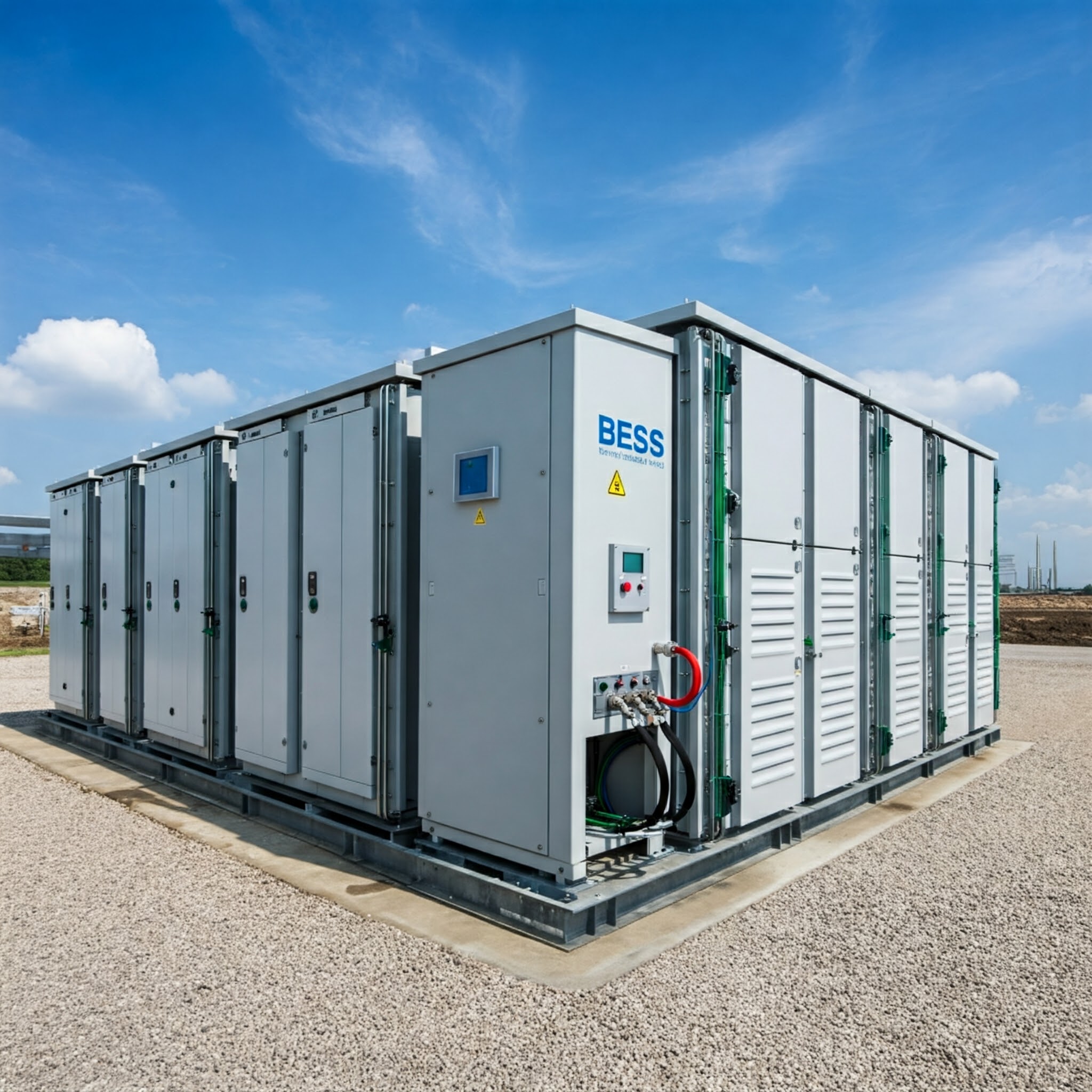Europe added a record-breaking 60 GW of solar PV capacity last year, building on strong growth over the past few years. This remarkable progress is a clear win for the energy transition.
But there’s a challenge: as renewable capacity grows and electricity demand stalls—or even declines—wholesale prices are being pushed down. The impact is especially visible during solar hours, where capture price erosion is reshaping the market.
For example, in the Netherlands, negative electricity pricing occurred during 20% of daylight hours last July (2023). Similar trends are emerging across Europe, including key markets like Germany.
The result? A tougher outlook as market saturation makes standalone projects increasingly risky.
The solution? Battery Energy Storage Systems (BESS) and hybridization. Here’s how BESS is transforming solar PV:
1️⃣ Stabilizing Revenues: Batteries store excess energy during low-price hours and dispatch it when prices peak, countering price volatility.
2️⃣ Future-Proofing Assets: With PPAs harder to price and merchant risks growing, integrating BESS ensures long-term viability for solar projects.
3️⃣ Unlocking Flexibility: Batteries enable hybridization with wind and other renewables, maximizing output and creating diversified energy portfolios.
Solar power is the cornerstone of Europe’s clean energy future. Batteries ensure it remains sustainable, resilient, and profitable.
How do you see BESS shaping the next phase of solar growth? Let’s discuss in the comments! ⬇️

